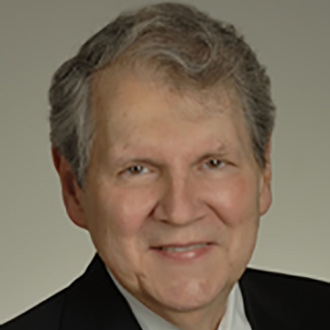
Dear Colleagues:
This month, the NIH announced that it is accepting applications from researchers across the country who wish to participate in a six-year, $170 million effort to discover how physical activity helps people live longer and be healthier. Successful applicants will work together as members of the Molecular Transducers of Physical Activity Consortium (MoTrPAC) to map the molecular changes that occur when people are active. As part of the agreement, they will deposit all of the information into a user-friendly database that any investigator can access to develop and test hypotheses about how physical activity improves or preserves health.
This is an exciting new program that will impact all of the mission areas of NIAMS. We know that even a modest amount of activity can reduce a person’s risk of developing common musculoskeletal conditions such as osteoporosis. For people who already have joint pain due to arthritis, physical activity can reduce the severity of symptoms. And, the mere act of moving causes bones and muscles to release molecules that affect how other organs and tissues function.1 While some of these changes—such as improvements in heart and lung function, loss of fat, and better blood sugar control—are well-recognized by the scientific community and the general public, we’re learning that movement affects almost every organ and tissue of the body. Thanks to advances in fields that include genomics, proteomics, metabolomics, transcriptomics, and epigenetics, the tools that researchers need to detect, analyze, and interpret these molecular changes now exist.
The scientific and public health potential of a systematic analysis of these signaling molecules and their pathways is tremendous. Because such a large project encompasses the perspectives of multiple NIH components and can benefit many research communities, we are partnering with the National Institute of Diabetes and Digestive and Kidney Diseases (NIDDK), the National Institute on Aging (NIA), and 14 other Institutes, Centers, and NIH Offices to develop this new NIH Common Fund program. MoTrPAC components will include:
- a Consortium Coordinating Center;
- Clinical Centers;
- a Bioinformatics Center;
- Genomics, Epigenomics, and Transcriptomics Chemical Analysis Sites;
- Metabolomics and Proteomics Chemical Analysis Sites; and
- Preclinical Animal Study Sites.
MoTrPAC investigators will generate an enormous amount of data for the broader research community to use. Information in the MoTrPAC database will benefit future studies of almost every organ and tissue in the human body. Ultimately, the research findings resulting from this program may help scientists and clinicians define optimal physical activity recommendations for people at various stages of life, as well as develop precisely targeted regimens for individuals with particular health needs.
Please start thinking about how you might use this data in your own research, and please share the Requests for Applications with colleagues who may be interested in applying for any of these awards. Applications are due March 18, 2016.
Sincerely,
Stephen I. Katz, M.D., Ph.D.
Director
National Institute of Arthritis and Musculoskeletal and Skin Diseases
National Institutes of Health
